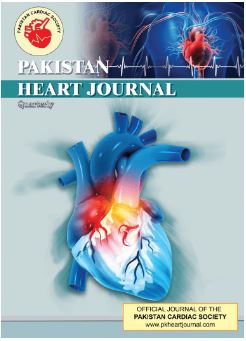Prevalence and Risk Factors of Helicobacter Pylori Infection in Adolescents and Young Adults in Saudi Arabi: A Systematic Review
Main Article Content
Abstract
Objectives: To explore the prevalence and risk factors of H. Pylori among adolescents and young adults in Saudi Arabia.. Methods: PubMed, SCOPUS, Web of Science, and Science Direct were systematically searched for relevant literature. Rayyan QRCI was employed throughout this comprehensive process. Results: We included eight studies with a total of 6402 patients, and 3604 (56.3%) were males. The reported prevalence of H. pylori infection ranged from 23.6% to 51.5%, with a total of 2537 (39.6%). Age above 10 years, male gender, low income, more than eight persons in the household, bed-sharing, and two affected parents, low education, chronically ill patients (especially anemia), family history of peptic disease, consuming desalinated municipal water, smoking, fast food, and abnormal BMI were associated with a risk of H. pylori infection. Conclusion: The prevalence of H. pylori infection was relatively high among Saudi adolescents, children, and young adults. This is further evidenced by many immigrant populations being from high-prevalence nations. Environmental, familial, and socioeconomic variables remain the primary risk factors. These findings emphasize how crucial it is to identify population-specific risk factors as H. pylori reservoirs, as doing so will enable the development of effective preventative measures that will lower the prevalence of H. pylori infection in the most vulnerable groups.
Article Details

This work is licensed under a Creative Commons Attribution-NoDerivatives 4.0 International License.

